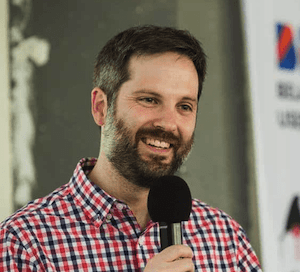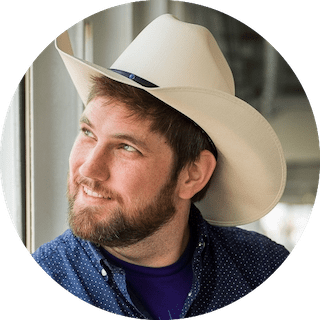I am a beginner. Can I really contribute?
Beginners are actually great for open source because you can see things other “experts” can’t. A beginner can respond to issues, write documentation, and interact with PRs. I teach all these skills with detailed real-world examples in my book. If you’ve tried before and failed, learn how to "floss one tooth" and transition from looking for issues tagged with “good for beginners” to finding your own beginner actions.
Does that mean anyone can contribute? Who is this book for?
Developers comfortable enough with programming to write a feature without following a tutorial will get the most out of this book. If you're employed as a developer, you're more than qualified. If you don't consider yourself a developer or are still at the intro stages, there's plenty of content for you, but you might have to supplement this book with additional outside material.
I love your writing and subscribe to your blog already. Is this content recycling what you've already written, or is it totally new?
The "How to Open Source" book is all new content. While writing this book, it was important that I don't just list off a series of tips and tricks. Through my time teaching at the University of Texas, I know the importance of stories for retention. I loaded my chapters with examples that are easy to follow and will help you recall what you need when you need it.
Do I have to know a specific programming language to read this book?
I wrote this book assuming no prior language experience. The tasks and examples apply to any programming language. I pick from the Ruby language and ecosystem when I need to show real-world examples. I also provide a few examples from Rust, Python, and Java. All code examples come with a thorough explanation.
I missed the window to join your private Slack group. Are you opening up invites again in the future?
The private Slack group was a special offer for early supporters who bought the book during the first week of launch. It is also an opportunity for me to gather feedback from the community on the kind of offerings they would like to see in the future. There is a lot in the works. If you'd like to be notified of future offerings or promotions, you can subscribe on Gumroad or follow @HowToOpenSource on Twitter.
I’d love to contribute, but just don’t know where I’d find the time. What do you suggest?
You’re not alone. The day always seems to end before you can get around to that open source idea in your head. Unfortunately, I don’t have a way to give you more hours in the day. But I can show you how successful contributors found the time and how you can do it too.
Here’s a free chapter from the book to give you some ideas.
Will this book teach me how to get a thousand stars on my GitHub repo?
Before jumping into the driver's seat as a maintainer, I recommend you practice being a contributor. This book's core focus is on developing those contribution skills and building a sustainable practice. If you're primarily interested in content on maintenance, you'll still need to build skills in responding to issues, writing documentation, and interacting on PRs.
I tried to contribute to a repo but couldn't even get a response from the maintainer. Will this book help?
Maintainers are in high demand. Getting their attention can be tricky but not impossible. I walk through my experiences with this all-too-common scenario and share specific, respectful strategies to move the conversation closer to getting your PR merged. You'll also learn about the hidden dynamics of maintaining an open source repo. When you understand what maintainers want, you can maximize your chances of getting your PR merged.
Why are you charging for a book on open source instead of giving it away for free?
The book has a creative commons license and no DRM. I wish I could give everything away for free: the book, the illustrations, my videos, everything. I chose to make CodeTriage free and open source for all because I believe the community is a better place when everyone has access. I learned from my time publishing my free Rails course that giving away content can have an enormous impact, but content is harder to sustain than code. I've labored over this book for years and am proud of the result. I charge because I think it's worth the value.
Do you have a question?
Email your questions to [email protected] or message @HowToOpenSource on Twitter.






